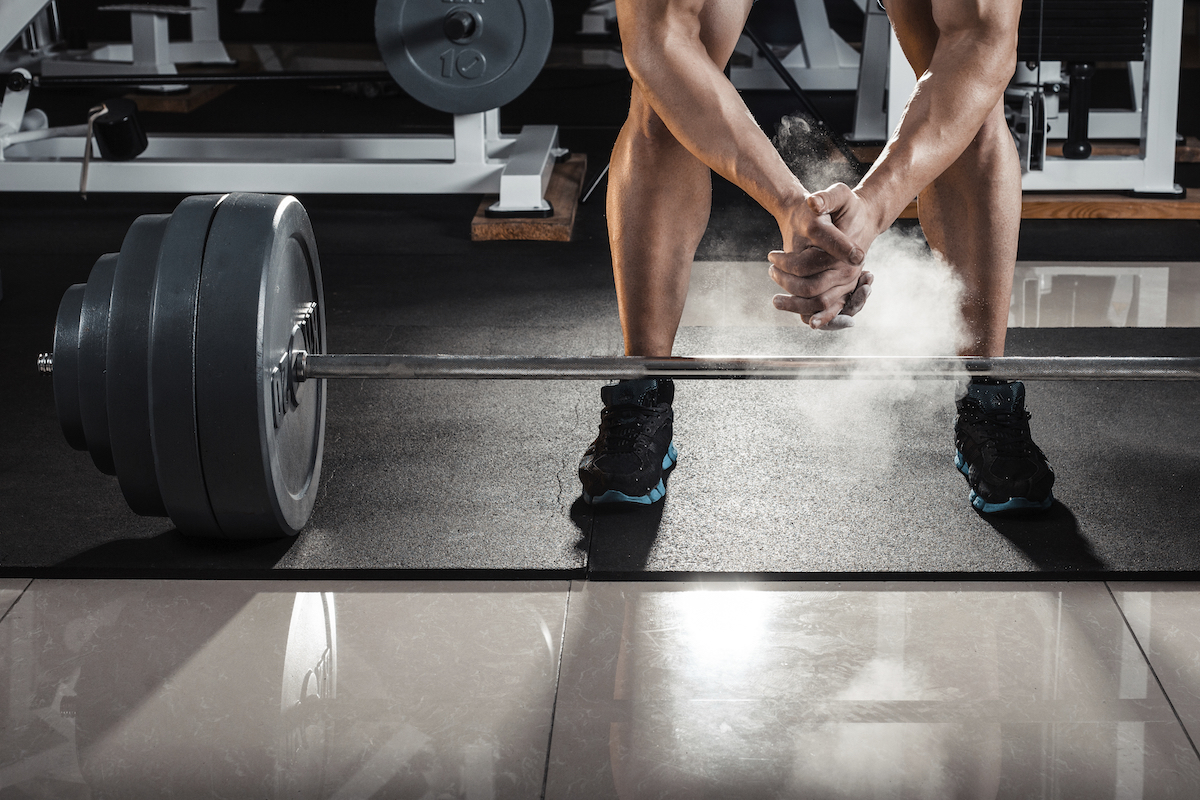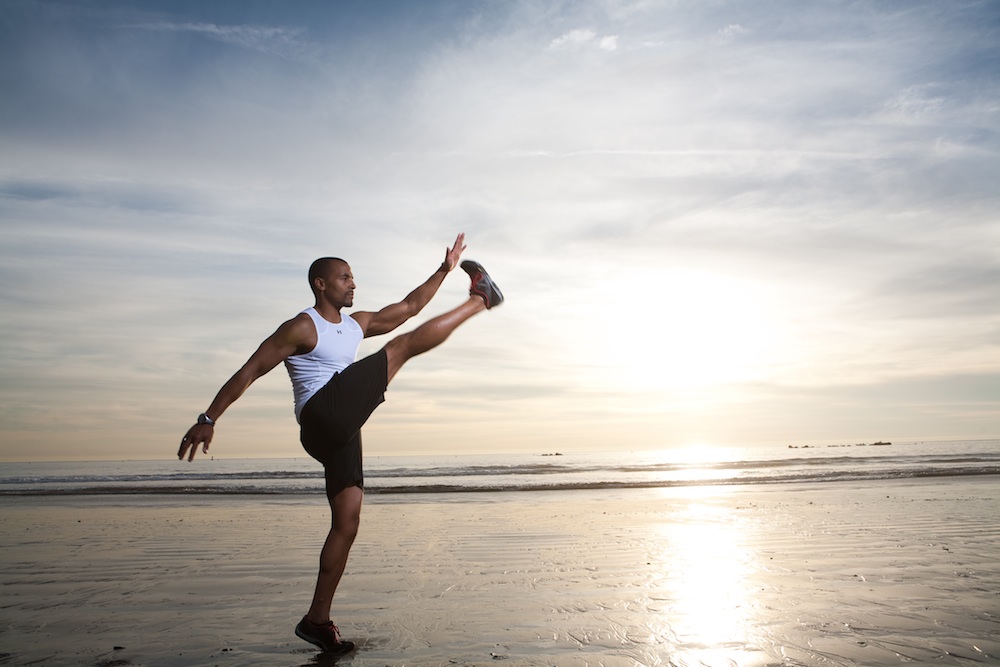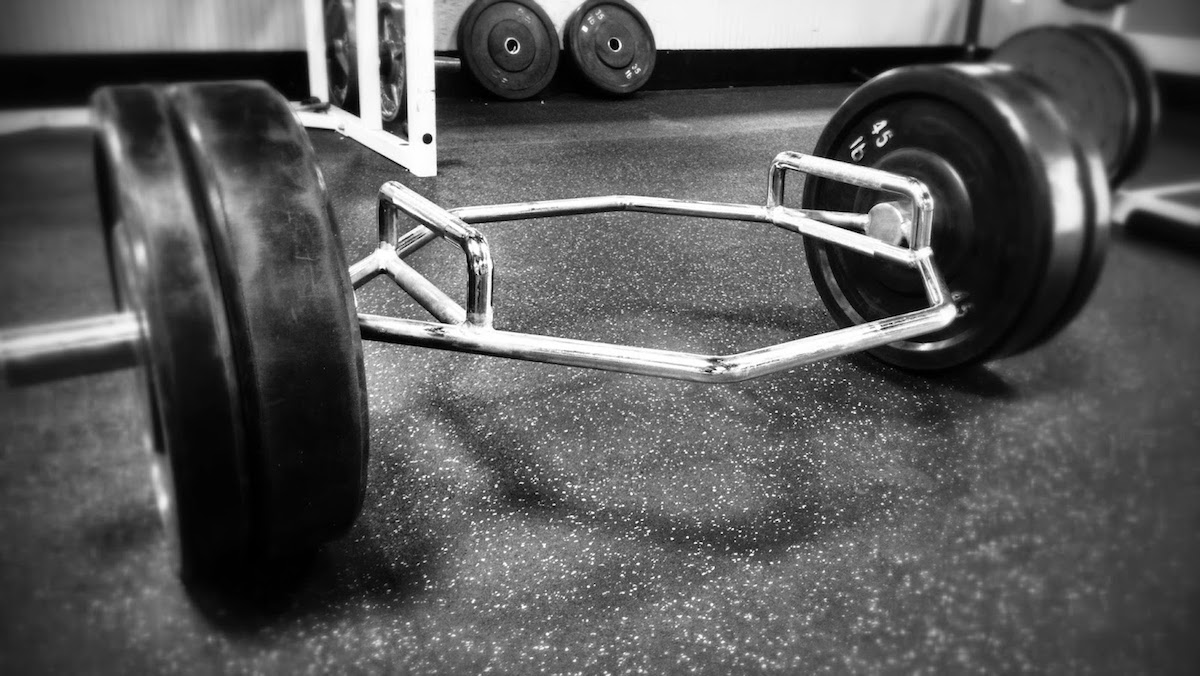When I started in the strength and conditioning field more than twenty years ago, the field was a lot different than today. At the time, most strength and conditioning coaches had a background in powerlifting or Olympic lifting, sometimes both. The majority of the job was performed in the weightroom with barbells and dumbbells. Today, the tools that an entry level strength coach is expected to master is greatly expanded. An entry level coach is expected to understand the Olympic lifts, basic barbell/dumbbell exercises, kettlebells, heavy ropes, suspension training, speed, agility, prehab exercises, instability training, and even core training and movement screening depending upon the program’s philosophy.
Progress and training variety is not a bad thing. However, what often happens with this that we lose sight of fundamental exercises that have enormous value to most athletic programs. Failing to do these exercises means that we don’t develop the athlete’s physical foundation and then we end up in a situation down the road where we’re doing movement screenings and addressing strange weak links in the athlete’s movement patters.
For me, fundamental exercises can be divided into several categories:
· The Olympic lifts
· Squats
· Hip extensions
· Presses
· Pulls
The Olympic Lifts
The clean, snatch, jerk, and pulls teach explosive triple extension. To me they are incredibly valuable because they teach and athlete how to apply strength quickly. Having to lift objects to the shoulders and overhead also strengthens the trunk greatly. Having said that, there are some things to think about with these lifts.
Twenty years ago I was an aspiring Olympic lifter and Olympic lifting coach. At the time I felt that everyone should do the full versions of the lifts and that this should be the foundation of the program. The reality is that the full versions of the lifts takes an enormous time investment on the part of the athletes and coaches to teach/learn them and this investment probably isn’t worth the return.
Let me explain. The research today is showing that the power variation of the lifts (i.e. power clean as opposed to squat clean) has a higher power output. Not only that, but the hang variations of the lifts has a higher power output than the lifts from the floor. This suggests to me that the majority of the time ought to be spent with power variations from the hang.
Squats
Squats are incredibly important for sports performance. The movement patterns are similar to those in sports. They develop lower body strength, trunk strength, and strengthen the skeleton.
Now, like everything else we sometimes lose perspective with this exercise. Most athletes aren’t powerlifters. There are some very specific techniques to the squat that are used by powerlifters. These techniques are meant to take advantage of the athlete’s build to maximize how much weight can be moved. They may not, however, be as transferable to sports. For example, not too many sports have a ready position with the feet greatly wider than the shoulders and the toes turned out. So care needs to be taken with how these lifts are performed.
Hip Extensions
Another ground-based exercise. These are my preferred way to train the hamstrings. They include exercises like good mornings, Romanian deadlifts, partial deadlifts, back raises, etc. What is common here is that they involve stretching the hamstrings, then extending the hips. It’s important to strengthen the hamstrings in this manner because this is where they are frequently injured while sprinting. This hip extension movement is also important for jumping, cutting, stopping, and sprinting.
In addition to the hamstrings, these movements also strengthen the glutes and lower back. They do so in a manner that forces all the muscles to work together, just like in real life.
Presses
Presses often get a bad rap, especially among the Olympic lifting community. The truth is that these develop the muscles of the shoulders, chest, and triceps and these are really important in any sport that involves contact or throwing something. I understand that sports aren’t performed lying down or sitting down and that many of these movement patterns involve the legs (throwing, blocking, that sort of thing), but if this area isn’t strong then it becomes a weak link in the movement chain.
Now, like with everything else I think that perspective needs to be kept. Athletes need to be strong enough. But the strength, and the movement patterns, need to be functional for the sport. Again, many powerlifting techniques and training modes are specific to improving performance on powerlifting and maximizing the peculiarities of the athlete’s body type. These may or may not be transferable to sports performance.
Pulls
Pulls are to the back, shoulders, and biceps what presses are to the chest, shoulders, and triceps. A lot of athletes spend time on the muscles that they can see, failing to train the back muscles (i.e. the ones that you cannot see) is a good recipe for shoulder issues.
These exercises include rows and pull-ups. I actually think that everyone should be able to do pull-ups, whether you are a 160 pound soccer player or a 300 pound offensive tackle.
So, five types of fundamental exercises. Between them, there is a huge amount of variety possible. Even so, it’s important to master the basics before getting fancy. The table below provides some thoughts on progressions over an athlete’s career.
|
High School |
College |
Elite |
|
|
Squats |
Back squats Front squats |
Back squats Front squats Split squats Overhead squats |
Back squats Front squats Split squats Overhead squats Eccentric squats Pause squats Squats with chains/bands One-legged varaitions |
|
Hip extensions |
Romanian deadlifts Back raises |
Romanian deadlifts Back raises Good mornings Reverse hyperextensions |
Romanian deadlifts Back raises Good mornings Reverse hyperextensions Eccentric variations Pause variations Variations with chains/bands One-legged variations |
|
Presses |
Bench press Military press Dumbbell/barbell |
Bench press Incline press Decline press Military press Dumbbell/barbell |
Bench press Incline press Decline press Military press Eccentric variations Pause variations Variations with chains/bands Dumbbell/barbell |
|
Pulls |
Bent-over rows Pull-ups |
Bent-over rows Dumbbell rows Pull-ups |
Bent-over rows Dumbbell rows Pull-ups |
|
Olympic lifts |
Power clean, hang Power snatch, hang Push/power/split jerk |
Power clean, hang Power snatch, hang Push/power/split jerk Pulls Jerk drives Barbell/dumbbell variations |
Power clean, hang Power snatch, hang Push/power/split jerk Pulls Jerk drives Split clean/snatch One-legged clean/snatch |




4 thoughts on “Fundamental Lifts for Sports”
Great article….The lifts you mentioned are the Ground roots lifts and should be heavily entrenched in a workout program…A great followup article might be one on positives and negatives of switching different exercises every day!!
Great idea! I’ve got a few rants to come first, then I’ll think about that one…
Have you read Dan Bakers presentation from the NCSA last year.. In season training for rugby?
He uses a similar set of exercises & varies the % week by week.. No need to get too technical but hits all the necessary ares for sport performance
No, but I will. I like Dan’s stuff!
Comments are closed.